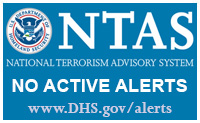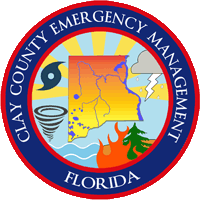|
US Army and Air Force Military Auxiliary Radio Service (MARS) stations will participate in a 48-hour nationwide contingency communication exercise on October 27 and 28 as part of an effort to develop greater cooperation between the Department of Defense (DoD) sponsored MARS program and the Amateur Radio Emergency Service (ARES). MARS is encouraging its members to discuss communication interoperability in advance of the exercise with their ARES section and district or local emergency coordinators.
The plan calls for MARS members, using their Amateur Radio call signs and operating on amateur frequencies, to establish two-way communication with ARES leadership or members in as many US counties as possible by using VHF/UHF simplex channels or local repeaters or near vertical incidence skywave (NVIS) propagation on HF. “The contact can be with any amateur in the county, if an ARES member or leader is not available,” English added.
“Ultimately we would like the MARS operator to join an existing ARES net, if one is operational during the exercise,” English said. If no net is available, MARS members should come up on local repeaters or check into HF traffic nets to see what amateurs are available and to determine their counties. “We want to use existing net times and frequencies to the extent possible,” English continued. “Any mode of operation is fine.” Only one ARES/Amateur Radio contact per county is needed, but more are okay. The contact must be person to person and cannot rely on Internet-linked repeaters, Internet connectivity systems, or store-and-forward e-mail systems, such as Winlink, English said. The information exchange requested from ARES for each county is the county name and the county Federal Information Processing Standards (FIPS) code, if available. There are two preferred windows of opportunity to conduct the interoperability exercise. These are from 1201 to 1800 UTC on October 27, and from 0001 to 0600 UTC on October 28. Contact Paul English, WD8DBY, for more information. |



ClayARES Level
NO LEVEL
ClayARES / OPARC Repeater Status
Click here for current repeater statusMonthly Meetings
1st Tuesday of the month at 7pm.
Address
The Magnolia room
First Floor
Orange Park Hospital
2001 Kingsley Ave
Orange Park, FL 32073
Directions To Meeting
Weekly Net
Time: Sunday @ 7:30PM
Primary 146.925 - 156.7
Secondary 146.670 - 127.3
Tertiary 147.225 + 156.7
Alternate Simplex: 146.505
Echolink: KI4UWC-R 465626

%20new.png) “This communications exercise is sponsored by the DoD to provide MARS operators the opportunity to develop and train interoperability procedures with their state/local ARES emergency coordinators and their Amateur Radio colleagues,” explained Army MARS Program Manager Paul English, WD8DBY. He told ARRL that the DoD/MARS exercise has “full participation” from Army and Air Force MARS, and that he anticipates that some individual Navy MARS members may participate as well.
“This communications exercise is sponsored by the DoD to provide MARS operators the opportunity to develop and train interoperability procedures with their state/local ARES emergency coordinators and their Amateur Radio colleagues,” explained Army MARS Program Manager Paul English, WD8DBY. He told ARRL that the DoD/MARS exercise has “full participation” from Army and Air Force MARS, and that he anticipates that some individual Navy MARS members may participate as well.



